Technological Innovations in Device Design
Technological advancements in the design and functionality of neuromodulation devices are significantly influencing the Neuromodulation Devices Market. Innovations such as closed-loop systems, which provide real-time feedback and adjust stimulation based on patient needs, are enhancing the efficacy of treatments. Furthermore, the integration of wireless technology and miniaturization of devices is making them more user-friendly and accessible. As these technologies evolve, they are expected to attract more investment and research, potentially leading to new product launches. The market is anticipated to benefit from these innovations, as they may improve patient outcomes and increase the adoption of neuromodulation therapies across various medical fields.
Rising Prevalence of Neurological Disorders
The increasing incidence of neurological disorders such as epilepsy, Parkinson's disease, and chronic pain conditions is a primary driver for the Neuromodulation Devices Market. According to recent estimates, neurological disorders affect millions of individuals worldwide, leading to a growing demand for effective treatment options. Neuromodulation devices, which offer innovative solutions for managing these conditions, are becoming increasingly popular among healthcare providers. The market is projected to expand as more patients seek alternatives to traditional therapies, which may not always provide adequate relief. This trend suggests that the Neuromodulation Devices Market is likely to experience substantial growth as awareness of these devices increases and more patients are diagnosed with neurological disorders.
Growing Demand for Pain Management Solutions
The escalating need for effective pain management solutions is propelling the Neuromodulation Devices Market forward. Chronic pain affects a significant portion of the population, leading to a search for alternative therapies that can provide relief without the side effects associated with pharmaceuticals. Neuromodulation devices, such as spinal cord stimulators and peripheral nerve stimulators, are gaining traction as viable options for patients seeking long-term pain management. Market data indicates that the pain management segment is one of the fastest-growing areas within the neuromodulation sector, suggesting a robust future for these devices as healthcare providers increasingly recognize their potential to improve quality of life for patients.
Increased Investment in Healthcare Infrastructure
The rise in healthcare infrastructure investment is positively impacting the Neuromodulation Devices Market. Governments and private entities are allocating more resources to enhance healthcare facilities and services, which includes the integration of advanced medical technologies. This trend is particularly evident in regions where healthcare access is expanding, leading to a greater availability of neuromodulation therapies. As healthcare systems evolve, the demand for innovative treatment options, including neuromodulation devices, is likely to increase. This investment not only supports the development of new technologies but also facilitates training for healthcare professionals, thereby enhancing the overall adoption of neuromodulation therapies.
Regulatory Support for Neuromodulation Technologies
Regulatory bodies are increasingly recognizing the potential of neuromodulation technologies, which is fostering growth in the Neuromodulation Devices Market. Streamlined approval processes and supportive policies are encouraging manufacturers to innovate and bring new products to market. This regulatory environment is crucial for the development of advanced neuromodulation devices, as it reduces barriers to entry and promotes competition. As more devices receive regulatory approval, healthcare providers are likely to adopt these technologies, further driving market expansion. The supportive regulatory landscape suggests a promising future for the neuromodulation sector, as it may lead to a wider array of treatment options for patients.
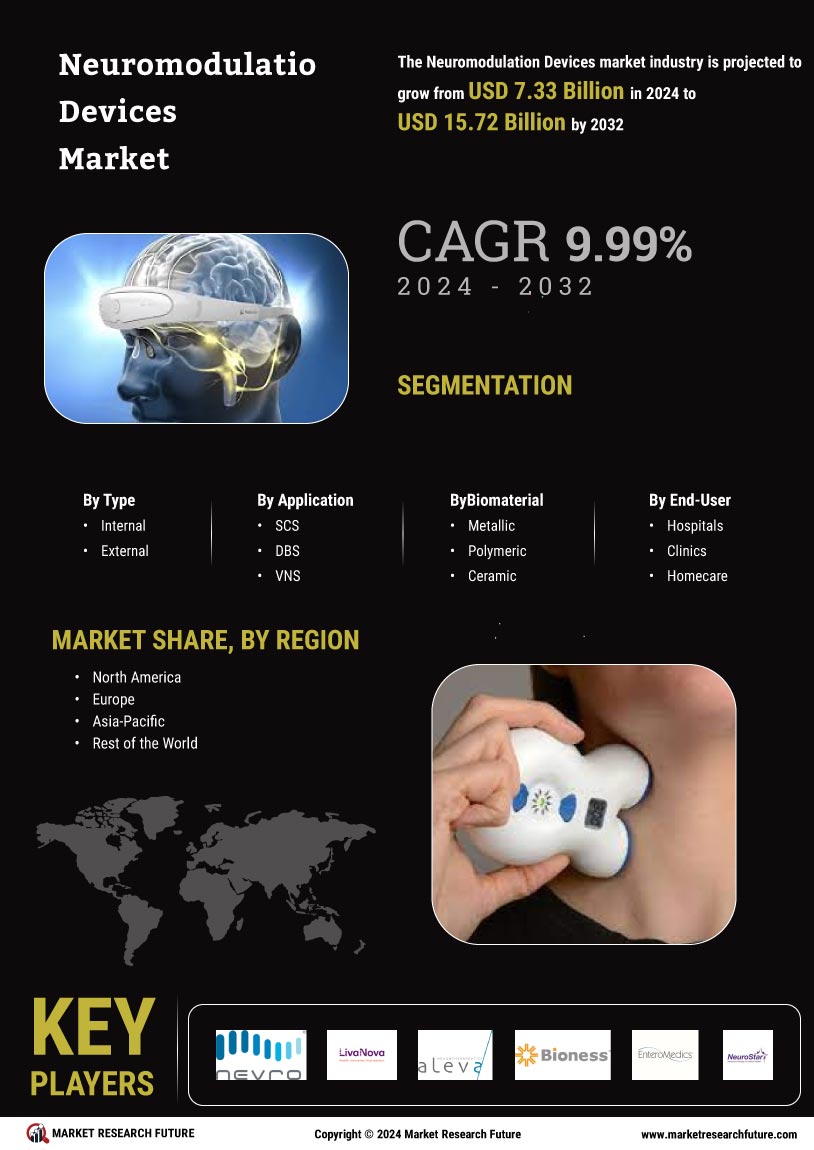

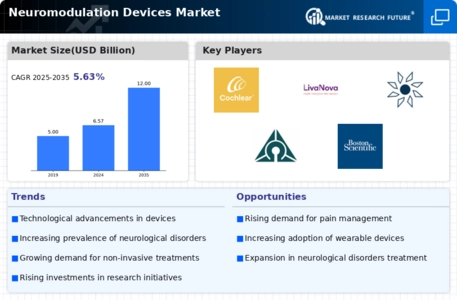
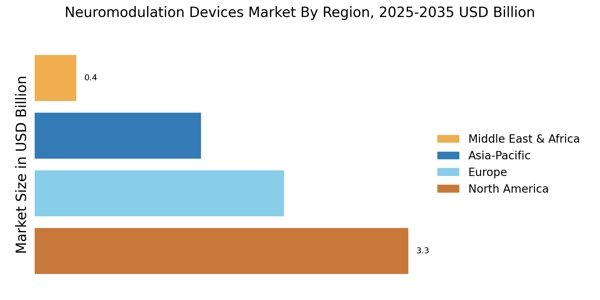
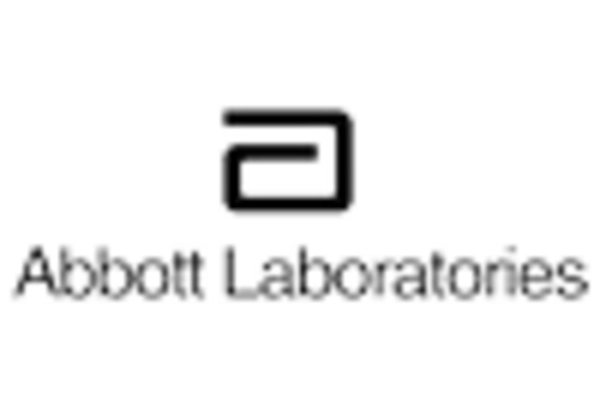

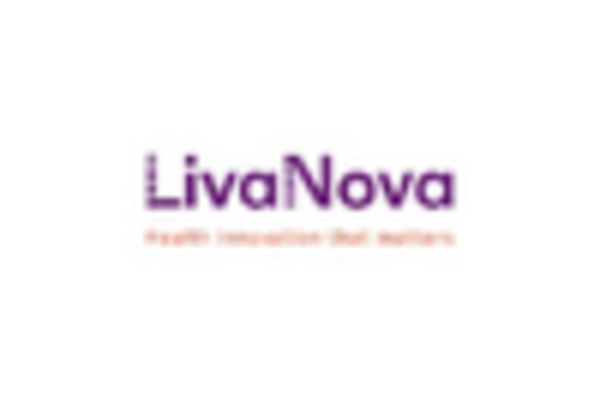

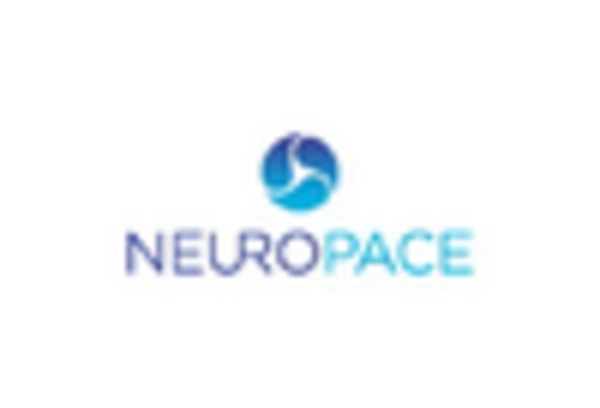









Leave a Comment